Over 50 women, mostly Black, mostly vulnerable, were found strangled and discarded across Chicago over a 17-year span. Abandoned lots, alleys, vacant homes—their bodies left behind like clues in a horror story no one wanted to read. The city insisted there was no serial killer. But the numbers—and the patterns—told a darker story.
This isn’t just a string of cold cases. It’s a haunting reminder of who gets protected and who gets forgotten. While officials shrugged and files gathered dust, someone kept killing. And someone may still be out there. These 20 chilling entries uncover the ignored warnings, eerie patterns, and the disturbing possibility that a predator walked free—again and again.
Dozens of Bodies, One Killer?
Between 2001 and 2018, Chicago saw the deaths of over 50 women—most found strangled, dumped in abandoned buildings, alleys, or vacant lots. The eerie consistency of these killings raised suspicions among activists and independent researchers long before law enforcement took notice. Victims were often Black women from underprivileged neighborhoods, many struggling with housing or addiction.

Despite the mounting pattern, police dismissed any link between the deaths. It wasn’t until an algorithm flagged the similarities that momentum built. But by then, crucial time—and evidence—had already slipped through the cracks. The city had a pattern, a body count, and a potential serial killer… but no answers. Was a monster hiding in plain sight?
The Algorithm That Called It First
In 2019, a data science nonprofit called the Murder Accountability Project (MAP) did what Chicago PD hadn’t: it connected the dots. Using algorithmic clustering, MAP discovered a chilling pattern in unsolved strangulations of women in Chicago. The data suggested that these were not isolated tragedies—they bore the hallmark of a serial offender.

The system flagged over 50 cases with suspicious similarities: ligature marks, locations, body positioning. But even after the findings were made public, city officials downplayed the results. MAP’s revelation forced a troubling question—how could a computer see what detectives ignored for nearly two decades? The killer, if real, had likely already vanished into the shadows—or worse, was still lurking nearby.
Ignored Voices and Missed Warnings
Activists in Chicago’s South and West sides had been sounding the alarm for years. They saw the pattern in the streets, long before the data confirmed it. Mothers, organizers, and neighborhood watch leaders repeatedly warned that women were disappearing under suspicious circumstances—but their pleas went unanswered.
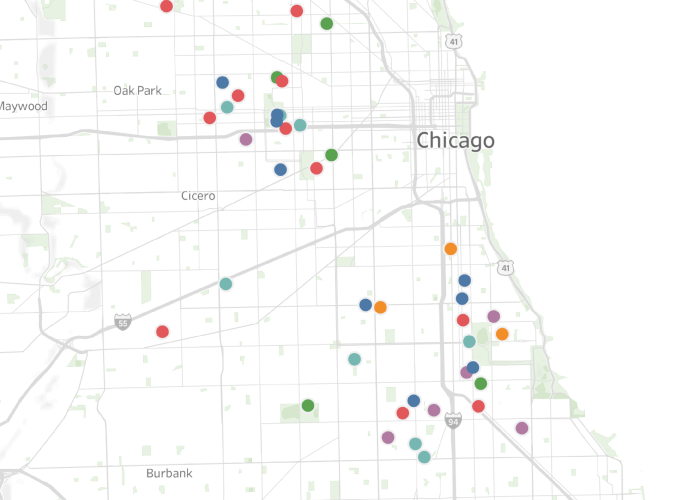
Law enforcement labeled many victims as drug users or sex workers and classified their deaths as non-suspicious. In a city struggling with systemic inequality, these women were too often treated as disposable. Had their lives carried more societal value, would the investigation have begun sooner? By the time the media noticed, too many voices had already been silenced—permanently.
The Serial Killer Theory Police Rejected
Despite mounting evidence, the Chicago Police Department consistently rejected the idea of a single serial killer. They argued that the cases were unrelated—products of domestic disputes, street violence, or random crime. Their public stance: no serial threat existed.
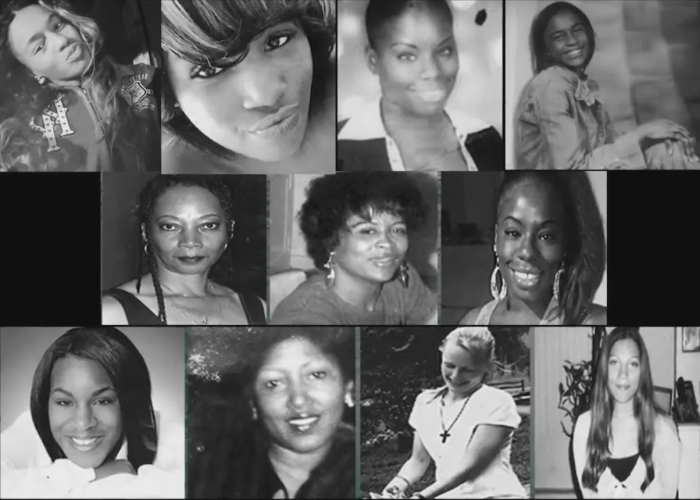
But journalists and watchdogs weren’t convinced. The similarities in location, cause of death, and victim profile were too strong to ignore. Critics accused the CPD of neglecting the pattern due to racial and economic biases. Could it be incompetence—or something more uncomfortable? As frustration brewed among community members, one thing became clear: if a serial killer was out there, they had been given years to hunt uninterrupted.
A Profile in Shadows
The killer—if indeed one person—remains a ghost. No consistent forensic evidence has tied the cases together. Few witnesses. No confessions. Just a string of lives lost in chillingly similar ways. Some criminal profilers believe the perpetrator may be a local, someone familiar with abandoned spaces and neighborhoods unlikely to attract law enforcement attention.
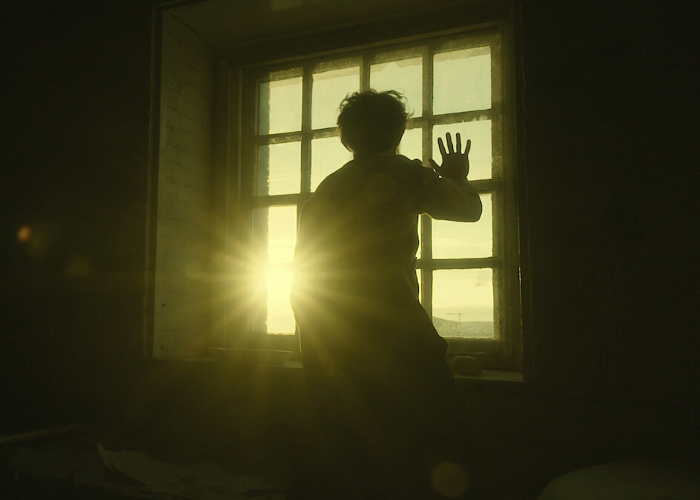
The victims’ similarities suggest the killer targets vulnerability: women often struggling with housing insecurity, addiction, or isolation. This strategic targeting makes the predator harder to trace—and harder to stop. If the Chicago Strangler exists, he’s learned how to blend into a broken system, leaving behind only grief and a city haunted by doubt.
The Body Dumping Grounds
Many victims were discovered in the same kinds of places—vacant lots, alleys, and abandoned buildings scattered across Chicago’s South and West sides. Some locations were just blocks apart. These weren’t random drop zones; they seemed chosen for their invisibility, their quiet decay, and their lack of surveillance.
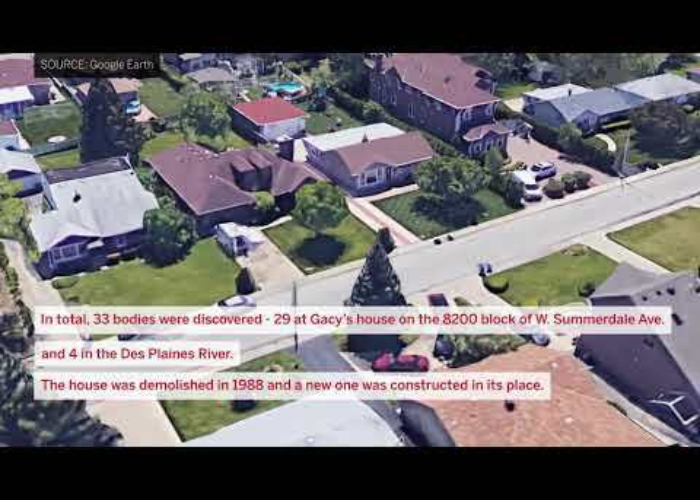
The city’s crumbling infrastructure provided perfect cover. With minimal patrols and scarce public attention, the killer had free rein to hide the bodies in plain sight. These spaces, already neglected by the system, became literal graveyards. The familiarity of each site gave the terrifying impression that someone knew the terrain—and counted on no one to care.
A Victim Profile That Screamed Pattern
Most of the women killed were Black, ranging in age from their 20s to their 50s. Many were struggling with homelessness, addiction, or mental illness. Some were last seen near high-risk areas or survival sex work zones, where predators often exploit society’s most vulnerable.
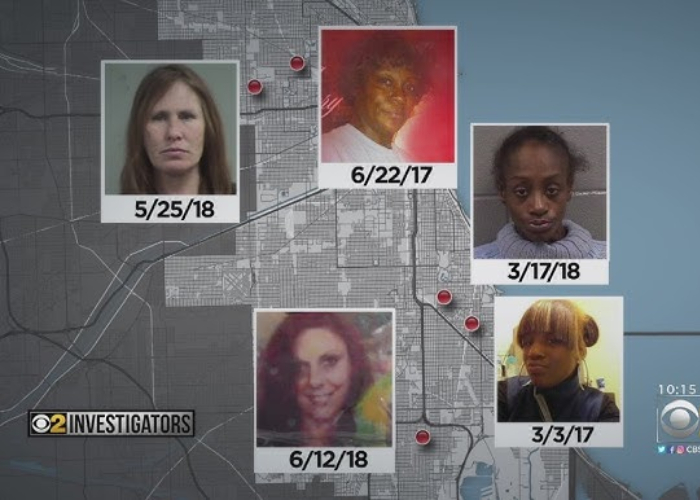
What made the killings even more disturbing was how eerily consistent the victims’ circumstances were. The killer seemed to rely on the invisibility of marginalized women, confident no one would look too closely. This wasn’t random violence. It looked calculated—predatory—almost as if the victims had been hunted based on their isolation.
The Clues That Vanished
In case after case, vital forensic evidence was either missing or unusable. Many bodies were too decomposed by the time they were discovered. Other times, police failed to collect DNA or follow up with potential witnesses. Surveillance footage? Rarely reviewed. Leads? Frequently dropped.

Activists and journalists raised concerns that these weren’t just individual investigative failures—they were systemic. When a killer knows his victims won’t be missed, he also knows that evidence won’t be pursued with urgency. This gap between life and justice grew wider with each death, and the killer—if one existed—slipped further into the dark.
One Man, Three Victims—But Not the End?
In 2021, 34-year-old Darren Vann was suspected in several strangulation cases in nearby Indiana, with eerie similarities to the Chicago murders. He admitted to multiple killings, mostly of marginalized women, and was eventually convicted. Some speculated he might be tied to Chicago’s unsolved deaths too.
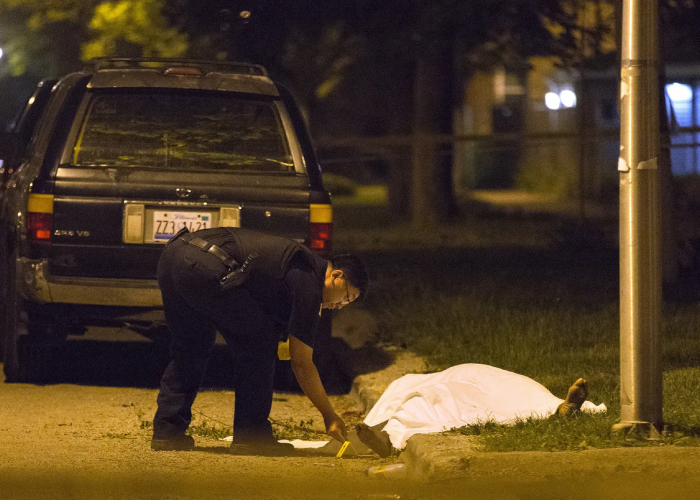
But investigators never connected Vann definitively to the full series of Chicago cases. The question lingered: was he one of many, or the wrong suspect entirely? Could the real Chicago Strangler still be out there—or had Vann’s crimes distracted everyone from a deeper, more terrifying pattern that had never truly ended?
A City Haunted by Silence
Despite public protests, media coverage, and the MAP report, many families of the victims still have no closure. Their daughters, sisters, and mothers were taken violently, and their cases remain unsolved. Some feel the city has quietly moved on—without justice, without acknowledgment, without apology.
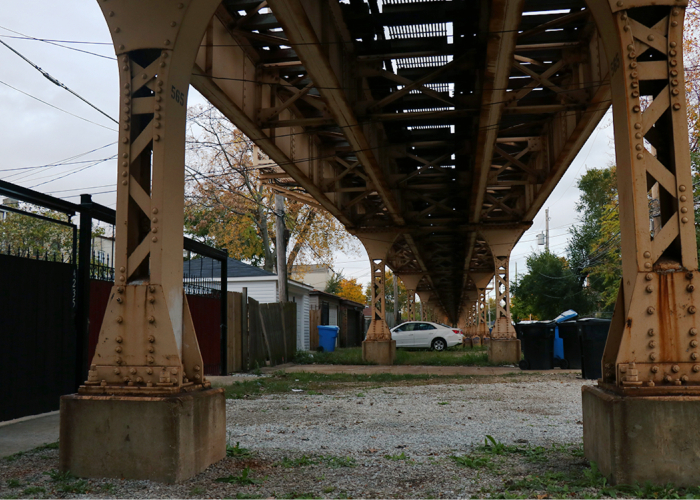
Chicago lives with a wound that never healed. The possibility that a serial killer operated—and maybe still operates—within its limits remains one of the most chilling urban mysteries in recent American history. Until the truth emerges, each unsolved case stands as both a tragedy and a warning: someone got away with murder. Again and again.
The 51 That Made Headlines
The number that finally caught national attention was 51. That’s how many unsolved cases the Murder Accountability Project flagged as potentially connected. Fifty-one women, killed in eerily similar ways over nearly two decades. When the media finally picked it up, it was no longer a local story—it was a national disgrace.
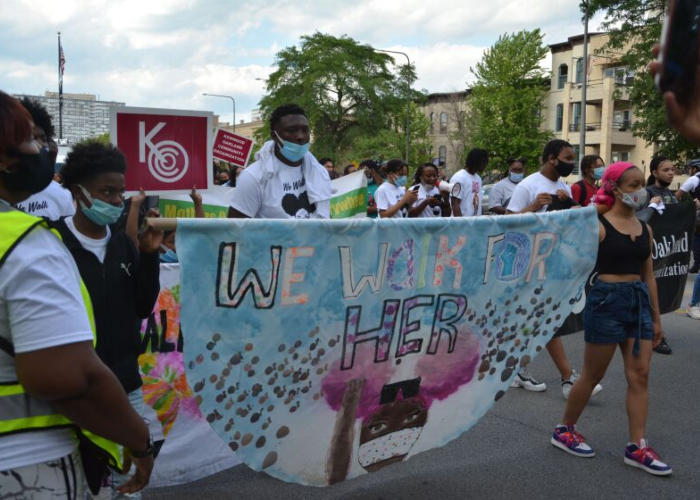
But the headlines faded quickly. A few stories aired. Some officials promised “further investigation.” Yet no suspect emerged. The number 51 hung heavy in the air—more than just a statistic. It became a symbol of how many times a killer might have struck while the city looked the other way.
The Killer May Have Changed Tactics
Some experts suspect the killer—or killers—adapted over time. Early victims were found quickly. Later ones were discovered weeks or months after death. The dump sites grew more obscure, and the bodies harder to identify. If the killer noticed the heat rising, he may have changed his methods just enough to stay invisible.
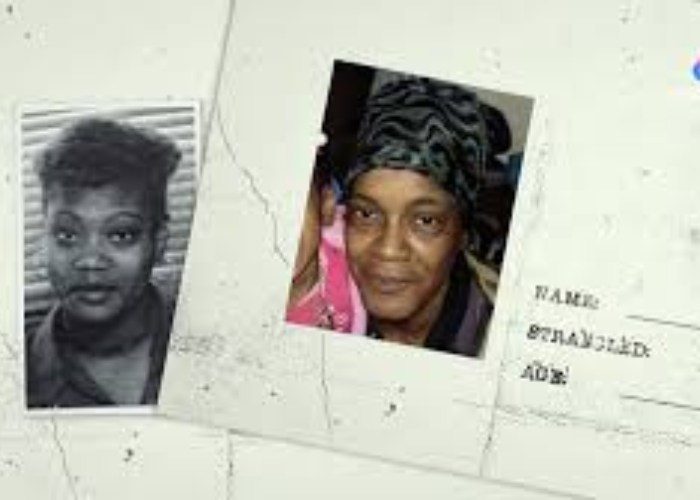
It raises a horrifying question: Is the pattern gone because the murders stopped… or just because the killer got better at hiding them? The chilling possibility is that new victims aren’t missing from the streets—but from the data. The next body may never even be counted.
Women Began Walking in Pairs
As word spread through vulnerable communities, women began adjusting their routines. Some avoided walking alone. Others moved in pairs—even during daylight. Neighborhood groups organized watch patrols, not because they trusted the police, but because they no longer had a choice.

The fear became palpable. People whispered about the “Strangler” like a ghost story—except this one was real, and it left corpses. For many women, the city transformed into a minefield. And as official denials continued, their sense of helplessness turned into something more dangerous: rage. If the killer wouldn’t be stopped from above, the community would protect itself from below.
A Victim Identified by Her Tattoo
One of the few women publicly named early in the media coverage was 26-year-old Diamond Turner. Her body was found in a garbage can in an abandoned house. The only reason she was identified was a tattoo—a single, defiant marker of individuality that survived even when her body didn’t.
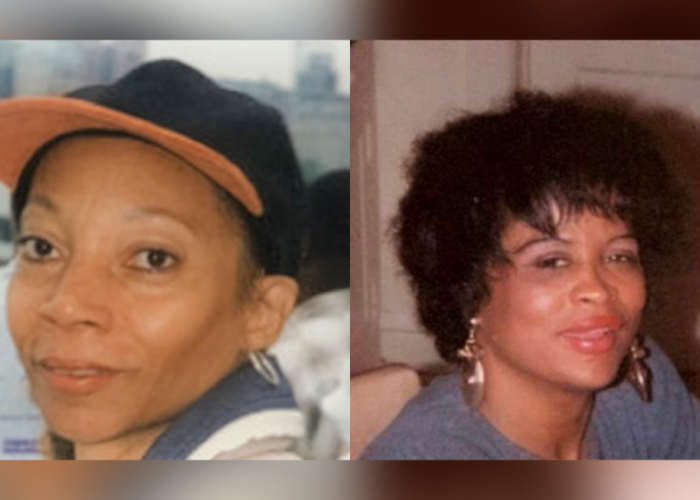
Diamond’s story highlighted the cruelty of these murders. She wasn’t just discarded—she was erased. Her killer didn’t care who she was. But that small tattoo forced someone to remember her name. In a case where so many women were anonymized, that ink became a fragile link to humanity—and a reason to keep asking questions.
Community Outcry Turned to Protest
By 2019, frustration turned into action. Grassroots organizers staged protests, calling out law enforcement and demanding justice for the women who had been lost. They marched with signs bearing victim names. They chanted outside City Hall. They demanded accountability from a system that had ignored them.
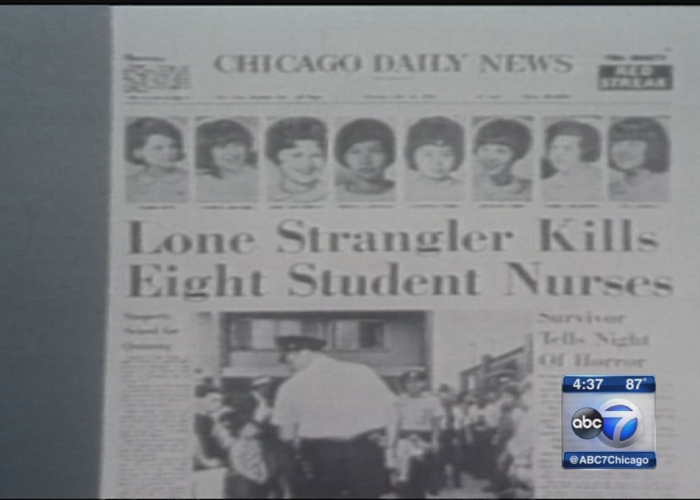
But progress was slow. Politicians offered condolences, not solutions. Committees were formed, but few tangible outcomes followed. The protests weren’t just about murder—they were about years of neglect. The message was clear: if no one else would say these women’s names, the community would say them louder than the silence that buried them.
The DNA That Led Nowhere
In several cases, DNA evidence was collected—but no matches ever surfaced in the national CODIS database. Either the killer had never been arrested before or he knew how to avoid leaving behind conclusive biological traces. With so many crime scenes contaminated or degraded, even the strongest leads dissolved in lab reports.
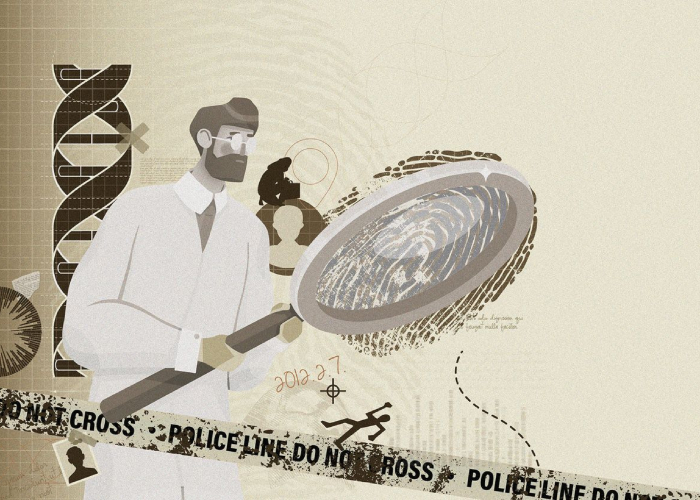
Families hoped science would catch the killer. But the longer the cases dragged on, the more technology seemed like a false promise. DNA alone wasn’t enough. And as bodies kept appearing, each untested swab or misfiled sample became more than a mistake—it became a missed chance at justice.
A Case Study in Institutional Failure
What happened in Chicago isn’t just a mystery—it’s a case study in what happens when institutions fail the people they’re meant to protect. From untested rape kits to cold cases gathering dust, the system seemed designed to forget these women. The killer didn’t just hide in shadows—he thrived in them.
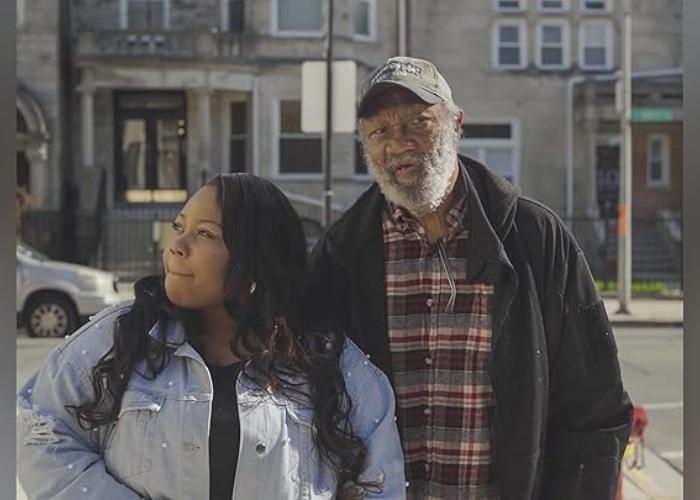
Whether it was apathy, bias, or bureaucracy, the result was the same: more deaths, no answers. Chicago didn’t just have a possible serial killer. It had a bureaucracy that let him keep going. The failures weren’t just tragic—they were systemic. And they may still be happening today.
The Mothers Who Refused to Let Go
Behind every cold case was a family shattered. But some mothers refused to accept silence. They organized vigils, hung posters, and held press conferences. They became amateur detectives, pushing reporters and officials for information. For them, grief became fuel—and they weren’t going to let their daughters disappear quietly.
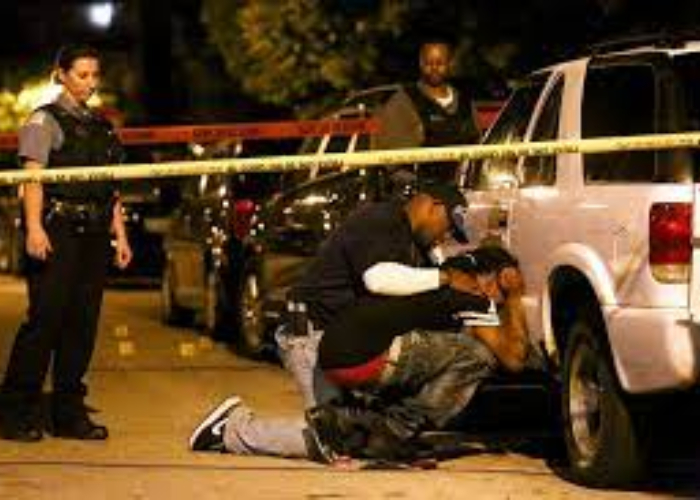
Their persistence kept the story alive. It reminded the public that these were real women with real lives—not just numbers in a spreadsheet. These mothers became symbols of strength in the face of indifference, proving that even when justice fails, love can still demand an answer.
Still No Serial Killer Task Force
Despite the mounting outcry, Chicago has never launched a formal task force dedicated solely to the suspected serial killings. Some victims’ cases are still listed as “open but inactive.” Others have been quietly closed with no explanation. There is no centralized unit. No timeline. No clear public strategy.
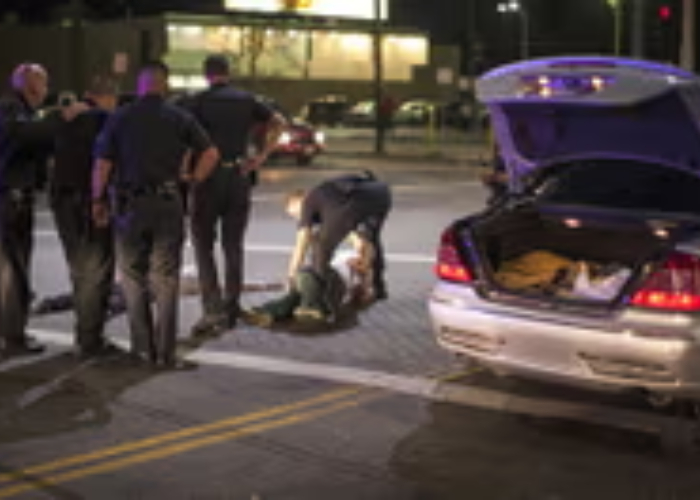
The city’s reluctance to formally acknowledge a serial pattern has left the public in limbo. Officials say they’re investigating—but investigating what? If the killer is still alive, he may believe he’s in the clear. The lack of urgency isn’t just unsettling—it’s dangerous. It may be the very reason he’s never been caught.
The Killer Might Be Watching
If the Chicago Strangler is real—and still out there—he has likely watched the headlines with satisfaction. He may know his name. He may know he’s suspected. And he may know that after all these years, no one has come for him. That chilling possibility hangs over every unsolved case like a shadow.

Until a name is named, and a face brought into the light, the killer remains a ghost—haunting both the streets and the system that allowed him to move undetected. The scariest part? He might be walking free right now, invisible again, waiting for the world to stop looking.